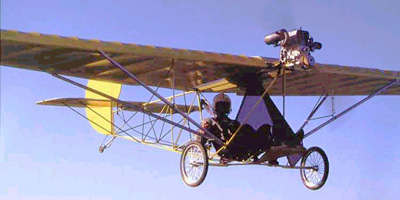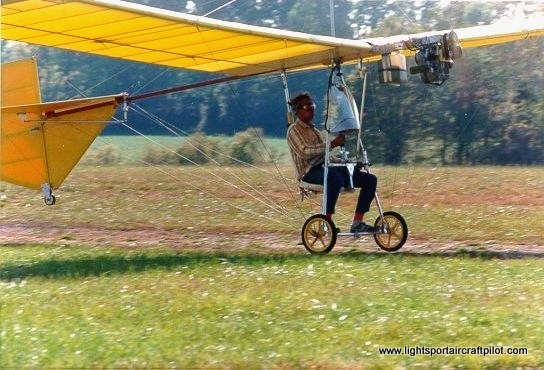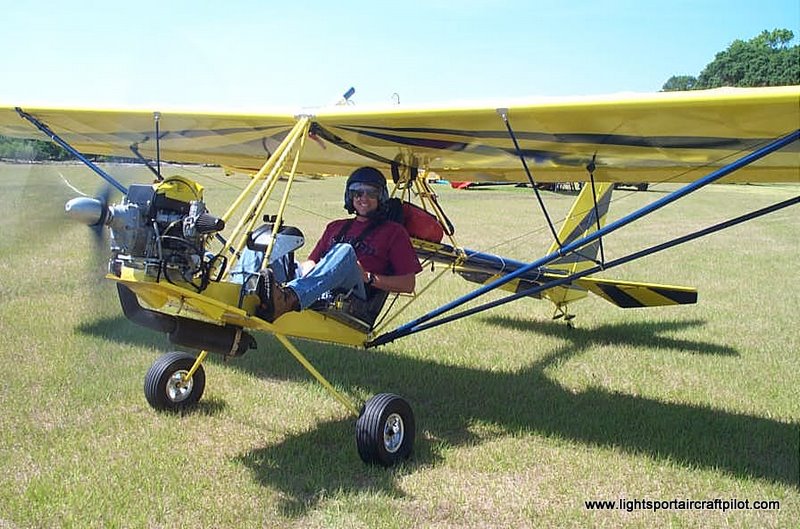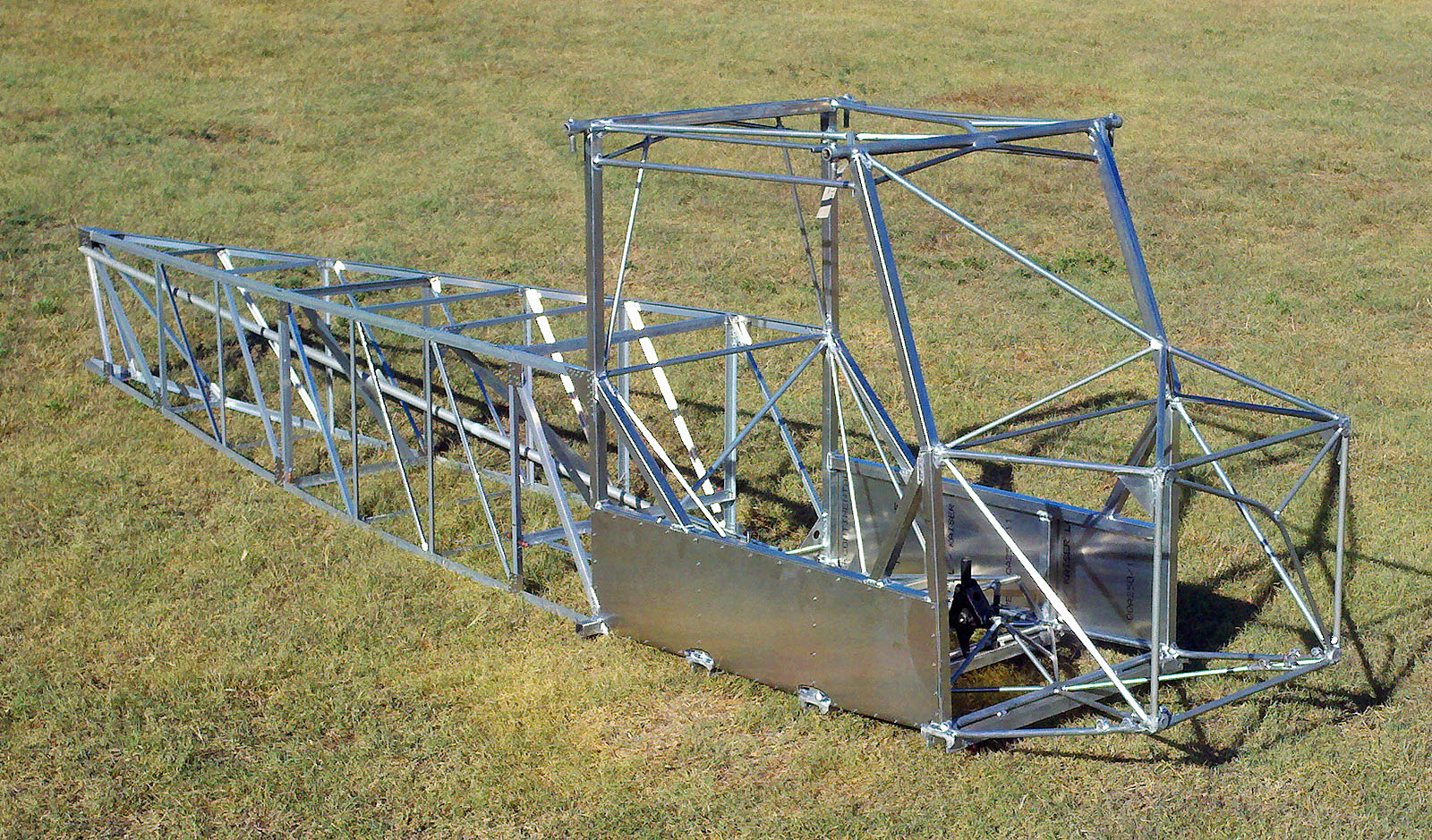Theory of Flight
Flight is a phenomenon that has long been a part of the natural world. Birds fly not only by flapping their wings, but by gliding with their wings outstretched for long distances. Smoke, which is composed of tiny particles, can rise thousands of feet into the air. Both these types of flight are possible because of the principles of physical science. Likewise, man-made aircraft rely on these principles to overcome the force of gravity and achieve flight.
Lighter-than-air craft, such as the hot air balloon, work on a buoyancy principle. They float on air much like rafts float on water. The density of a raft is less than that of water, so it floats. Although the density of water is constant, the density of air decreases with altitude. The density of hot air inside a balloon is less than that of the air at sea level, so the balloon rises. It will continue to rise until the air outside of the balloon is of the same density as the air inside. Smoke particles rise on a plume of hot air being generated by a fire. When the air cools, the particles fall back to Earth.
Heavier-than-air flight is made possible by a careful balance of four physical forces: lift, drag, weight, and thrust. For flight, an aircraft's lift must balance its weight, and its thrust must exceed its drag. A plane uses its wings for lift and its engines for thrust. Drag is reduced by a plane's smooth shape and its weight is controlled by the materials it is constructed of.
--------------------------------------------------------------------------------
Lift
In order for an aircraft to rise into the air, a force must be created that equals or exceeds the force of gravity. This force is called lift. In heavier-than-air craft, lift is created by the flow of air over an airfoil. The shape of an airfoil causes air to flow faster on top than on bottom. The fast flowing air decreases the surrounding air pressure. Because the air pressure is greater below the airfoil than above, a resulting lift force is created. To further understand how an airfoil creates lift, it is necessary to use two important equations of physical science.
The pressure variations of flowing air is best represented by Bernoulli's equation. It was derived by Daniel Bernoulli, a Swiss mathematician, to explain the variation in pressure exerted by flowing streams of water. The Bernoulli equation is written as:
The shape of a typical airfoil is asymmetrical - its surface area is greater on the top than on the bottom. As the air flows over the airfoil, it is displaced more by the top surface than the bottom. According to the continuity law, this displacement, or loss of flow area, must lead to an increase in velocity. Consider an airfoil in a pipe with flowing water. Water will flow faster in a narrow section of the pipe. The large area of the top surface of the airfoil narrows the pipe more than the bottom surface does. Thus, water will flow faster on top than on bottom. The flow velocity is increased some by the bottom airfoil surface, but considerably less than the flow on top.
The Bernoulli equation states that an increase in velocity leads to an decrease in pressure. Thus the higher the velocity of the flow, the lower the pressure. Air flowing over an airfoil will decrease in pressure. The pressure loss over the top surface is greater than that of the bottom surface. The result is a net pressure force in the upward (positive) direction. This pressure force is lift.
There is no predetermined shape for a wing airfoil, it is designed based on the function of the aircraft it will be used for. To aid the design process, engineers use the lift coefficient to measure the amount of lift obtained from a particular airfoil shape. Lift is proportional to dynamic pressure and wing area. The lift equation is written as:
where S is wing area and the quantity in parantheses is the dynamic pressure. In designing an aircraft wing, it is usually advantageous to get the lift coefficient as high as possible.
Drag
Every physical body that is propelled through the air will experience resistance to the air flow. This resistance is called drag. Drag is the result of a number of physical phenonmena. Pressure drag is that which you feel when running on a windy day. The pressure of the wind in front of you is greater than the pressure of the wake behind you. Skin friction, or viscous drag, is that which swimmers may experience. The flow of water along a swimmer's body creates a frictional force that slows the swimmer down. A rough surface will induce more frictional drag than a smooth surface. To reduce viscous drag, swimmers attempt to make contact surfaces as smooth as possible by wearing swim caps and shaving their legs. Likewise, an aircraft's wing is designed to be smooth to reduce drag.
Like lift, drag is proportional to dynamic pressure and the area on which it acts. The drag coefficient, analgous to the lift coefficent, is a measure of the amount of dynamic pressure gets converted into drag. Unlike the lift coefficient however, engineers usually design the drag coefficient to be as low as possible. Low drag coefficients are desirable because an aircraft's efficiency increases as drag decreases.
Weight
The weight of an aircraft is a limiting factor in aircraft design. A heavy plane, or a plane meant to carry heavy payloads, requires more lift than a light plane. It may also require more thrust to accelerate on the ground. On small aircraft the location of weight is also important. A small plane must be appropriately "balanced" for flight, for too much weight in the back or front can render the plane unstable. Weight can be calculated using a form of Newton's second law:
Thrust
Propulsion involves a number of principles of physical science. Thermodynamics, aerodynamics, fluid mathematics, and physics all play a role. Thrust itself is a force than can best be described by Newton's second law. The basic form of this law is:
--------------------------------------------------------------------------------
---------- Post added at 11:15 PM ---------- Previous post was at 11:13 PM ----------



















